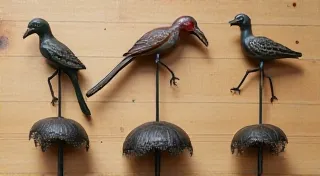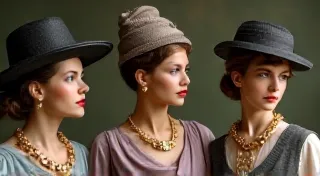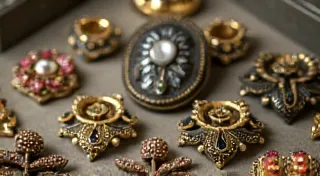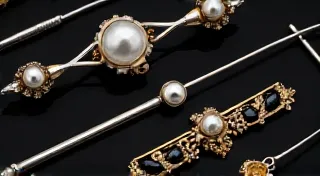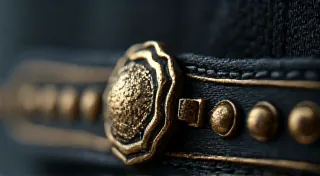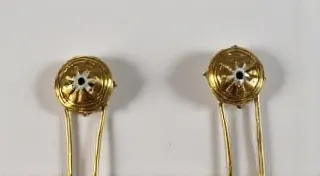Understanding the Value of Different Types of Antique Hat Pins
Antique hat pins, those charming and decorative accessories from a bygone era, are increasingly sought after by collectors. But understanding what makes one hat pin more valuable than another can be tricky. This guide will break down the key factors influencing the value of antique hat pins, helping you assess your collection and learn more about these beautiful objects.
Materials: The Foundation of Value
The materials used in a hat pin's construction are a primary determinant of its worth. Here's a breakdown of common materials and their general impact on value:
- Gold & Platinum: Hat pins crafted from solid gold or platinum (often marked) command the highest prices. The karat of gold plays a significant role, with higher karats being more valuable.
- Silver: Sterling silver hat pins are more valuable than those made from lower grades of silver. Look for hallmarks indicating silver content.
- Base Metals (Brass, Bronze, Pewter): These are the most common materials and generally have lower value unless the design is exceptionally rare or unique.
- Semiprecious Stones (Amethyst, Garnet, Peridot): The presence of genuine semiprecious stones adds to the value, particularly if they are well-cut and vibrant. Simulated stones will significantly reduce the value.
- Glass & Crystal: Intricately molded glass or cut crystal elements can increase the desirability of a hat pin, depending on the artistry and complexity.
- Ivory & Bone: Hat pins featuring ivory or bone components are now subject to stricter regulations and ethical considerations. Their value is complex and dependent on legality and the age of the piece.
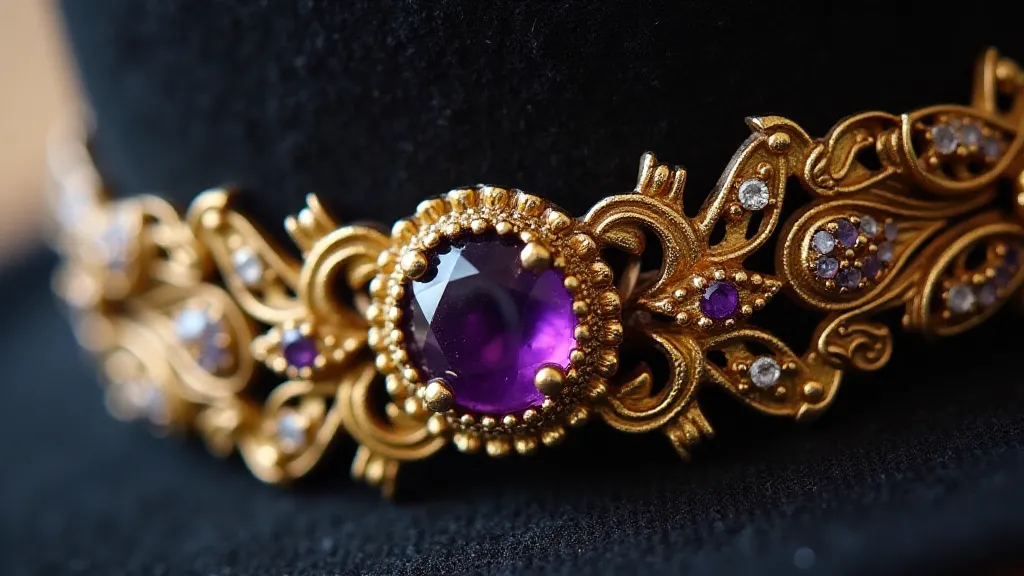
Design & Artistic Merit: Beyond the Material
Beyond the base material, the design itself plays a crucial role. Certain design elements are more desirable than others:
- Art Nouveau & Art Deco Styles: Hat pins reflecting these popular art movements are often sought after by collectors and tend to command higher prices.
- Figurative Designs: Pins depicting animals, flowers, people, or historical figures are popular, with rarity and artistic quality influencing value.
- Novelty & Humorous Designs: While not always highly valuable, unique and humorous designs can attract collectors seeking unusual items.
- Signed Pieces: If the hat pin is signed by a known designer or artist, this can significantly increase its worth. Research the artist's significance.
- Intricacy & Detail: The more intricate and detailed the design, the more labor and skill it required to create, generally increasing its value.
Rarity: The Elusive Factor
Rarity is often the ultimate driver of value. A hat pin may be made from gold, but if thousands were produced, its value will be lower than a unique, one-of-a-kind piece made from a more common metal.
- Limited Production Runs: Pins that were only produced in small quantities are naturally rarer and more valuable.
- Unique Designs: A hat pin with a completely unique and unusual design is more likely to be rare.
- Regional Variations: Certain designs or materials may be specific to a particular region or time period, making them more rare outside of that area.
- Condition of Rarity: A rare hat pin found in exceptional condition is far more valuable than a similar pin in poor condition.
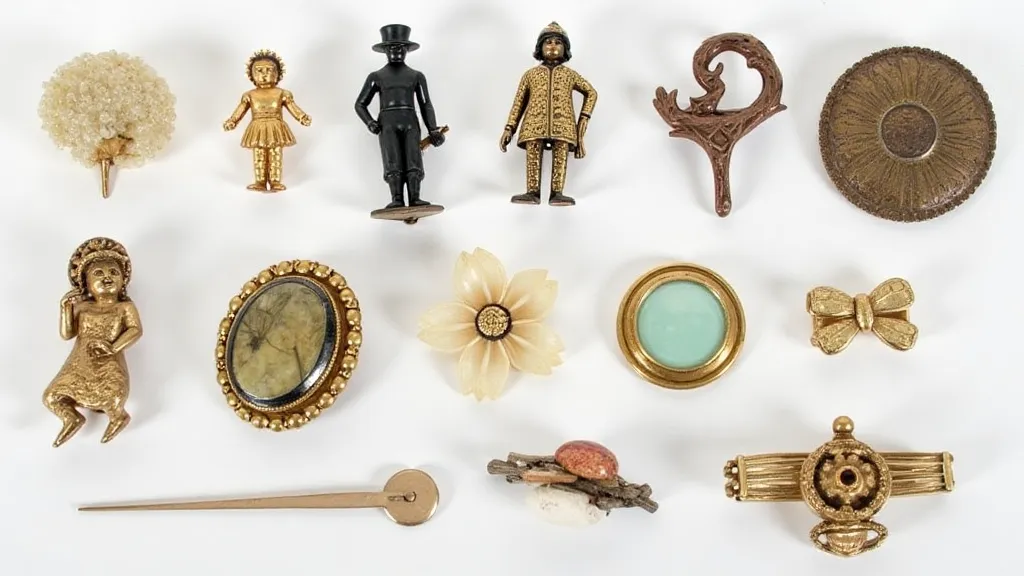
Condition: Preservation Matters
The condition of a hat pin greatly impacts its value. Collectors are willing to pay more for pins that have been well-preserved.
- Damage: Damage such as breaks, bends, missing components, or excessive wear significantly reduces value.
- Repairs: While repairs can sometimes be necessary, extensive or poorly executed repairs will detract from the value.
- Originality: Collectors prefer hat pins that are as original as possible. Replacement components or alterations will lower value.
- Tarnish & Corrosion: Silver and base metal pins are prone to tarnish and corrosion. While some patina can be acceptable, excessive damage will decrease value.
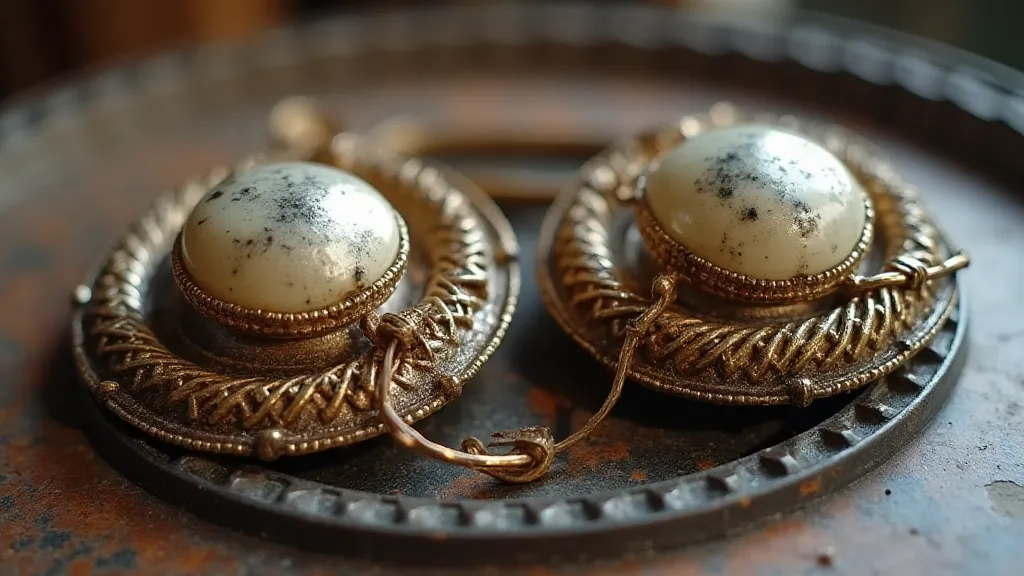
Conclusion
Assessing the value of antique hat pins requires careful consideration of multiple factors. By understanding the impact of materials, design, rarity, and condition, you can better appreciate the beauty and worth of these fascinating pieces of vintage fashion history. Further research into specific designers, styles, and periods can help you refine your understanding and build a valuable collection.
